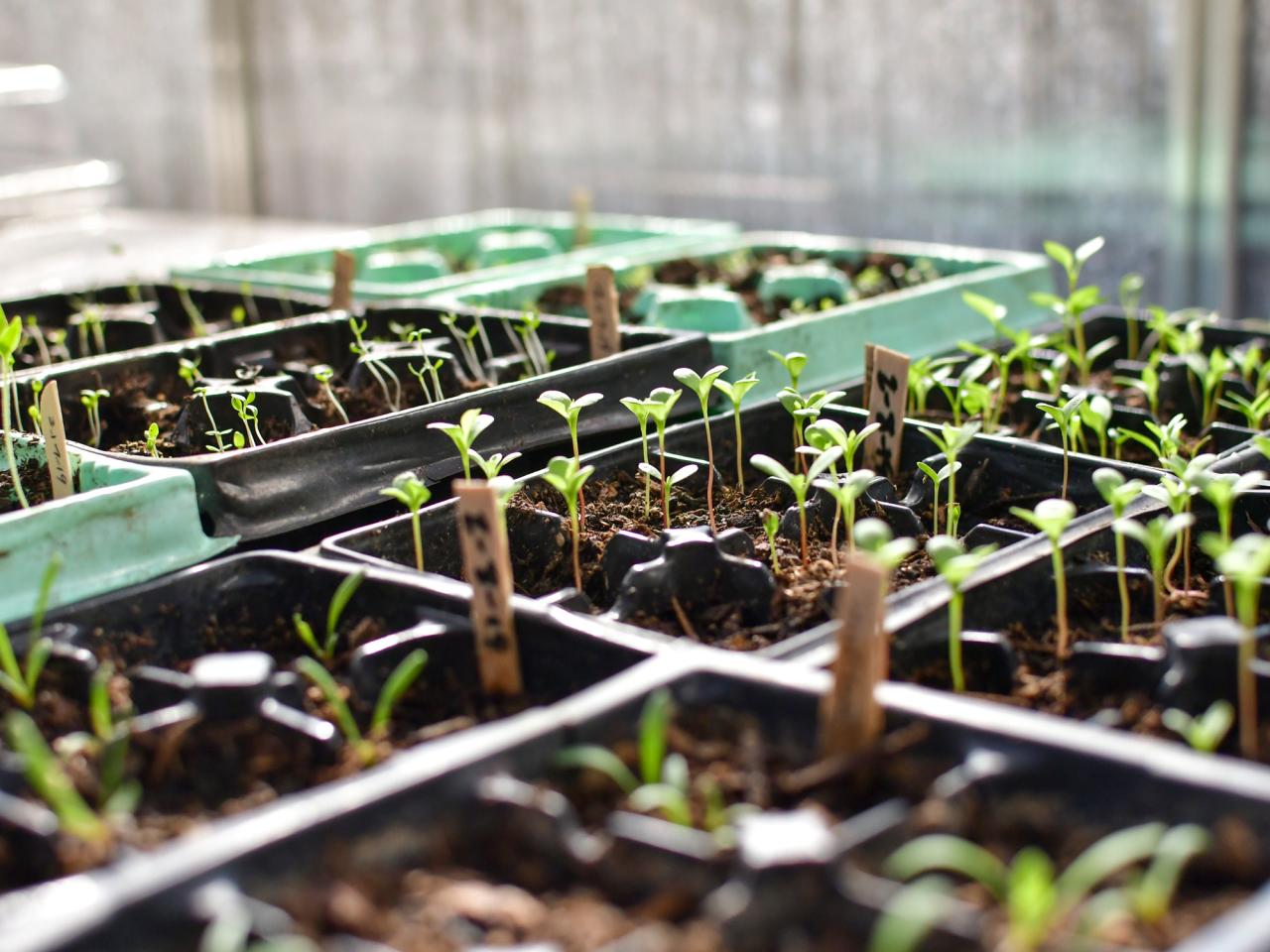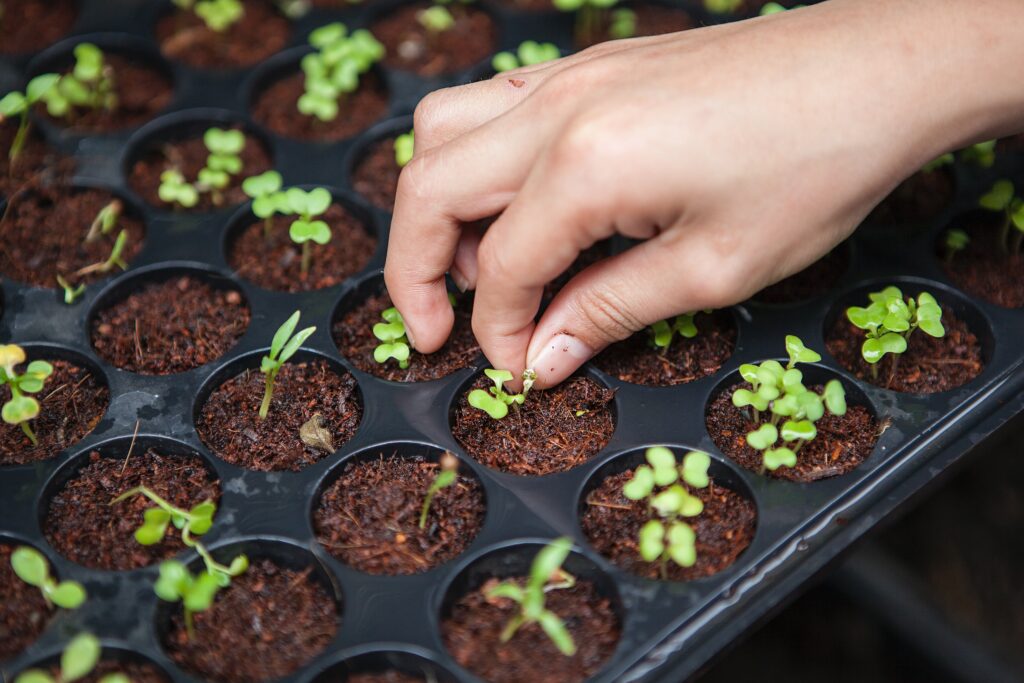Master Seed Saving: Preserve Your Veggie Garden

Imagine holding the power of life in your hands—tiny, unassuming seeds that can transform into a lush, thriving vegetable garden. Seed saving is more than just a hobby; it's a journey into self-sufficiency, sustainability, and the preservation of biodiversity. If you've ever wondered how to save seeds from your vegetable garden, you're in the right place. Let's dive into the fascinating world of seed preservation and discover how you can keep your garden flourishing year after year.
Why Save Seeds from Your Vegetable Garden?
Saving vegetable seeds is like creating a time capsule for your garden. It ensures that your favorite varieties continue to thrive, preserves genetic diversity, and saves you money. Plus, there's an undeniable satisfaction in knowing that you're carrying on a tradition as old as agriculture itself.
The Benefits of Seed Saving
- Cost-Effective: Why buy new seeds every year when you can save your own?
- Biodiversity: Preserve heirloom varieties that might otherwise be lost.
- Adaptation: Seeds saved from your garden are better adapted to your local climate and soil.
- Sustainability: Reduce your environmental footprint by avoiding commercially produced seeds.
Understanding Seed Types
Before you start saving seeds, it's crucial to understand the different types of seeds. This knowledge will help you decide which seeds to save and how to do it effectively.
Open-Pollinated vs. Hybrid Seeds
- Open-Pollinated Seeds: These are stable varieties that breed true to type. Saving seeds from open-pollinated plants means you'll get the same variety year after year.
- Hybrid Seeds: These are the result of controlled pollination between different varieties. While they often have desirable traits, saving seeds from hybrids can result in unpredictable offspring.
Heirloom Seeds
Heirloom seeds are open-pollinated varieties that have been passed down through generations. They are prized for their unique characteristics and historical significance. Saving heirloom seeds helps preserve these valuable genetic traits.
How to Save Seeds from Your Vegetable Garden
Now that you understand the basics, let's get into the nitty-gritty of how to save seeds from your vegetable garden.
Choosing the Right Plants
Select the healthiest and most vigorous plants for seed saving. This ensures that you're preserving the best genetic material. Look for plants that are disease-resistant, productive, and well-adapted to your garden conditions.
Timing is Everything
Harvesting seeds at the right time is crucial. Seeds should be fully mature but not overripe. For most vegetables, this means waiting until the fruit or pod is dry and the seeds are hard.
Techniques for Harvesting Seeds
Different vegetables require different techniques for harvesting seeds. Here are some tips for common garden vegetables:
Tomatoes
- Choose fully ripe tomatoes.
- Squeeze the seeds and pulp into a jar.
- Add a bit of water and let it ferment for a few days.
- Rinse the seeds and dry them on a paper towel.
Peppers
- Allow peppers to fully ripen and dry on the plant.
- Cut open the pepper and remove the seeds.
- Dry the seeds thoroughly before storing.
Beans and Peas
- Let the pods dry on the plant until they are brittle.
- Shell the seeds and dry them further if needed.
Lettuce and Spinach
- Allow the plants to bolt and produce seed stalks.
- Collect the seeds when they are dry and the plant is ready to release them.

Storing Your Garden Seeds
Proper storage is essential for seed preservation. Seeds need to be kept cool, dry, and dark to maintain their viability.
Preparing Seeds for Storage
- Dry Thoroughly: Ensure seeds are completely dry before storing.
- Label Clearly: Use labels to note the variety and date of harvest.
- Choose the Right Container: Use airtight containers like glass jars or sealed plastic bags.
Ideal Storage Conditions
- Temperature: Aim for a consistent temperature between 32-41°F (0-5°C).
- Humidity: Keep humidity low to prevent mold.
- Light: Store seeds in a dark place to prevent premature germination.
Common Mistakes to Avoid
Seed saving can be rewarding, but it's not without its pitfalls. Here are some common mistakes to avoid:
- Saving Seeds from Hybrids: Remember, hybrid seeds won't breed true to type.
- Harvesting Too Early: Patience is key. Harvest seeds when they are fully mature.
- Improper Storage: Poor storage conditions can lead to moldy or non-viable seeds.
Resources for Further Learning
If you're eager to dive deeper into the world of seed saving, there are plenty of resources available. The Seed Savers Exchange is a fantastic organization dedicated to preserving heirloom varieties. Their website offers a wealth of information and community support.

Conclusion
Saving seeds from your vegetable garden is a rewarding journey that connects you to the cycles of nature and the traditions of generations past. By understanding the basics of seed types, harvesting techniques, and storage methods, you can ensure a bountiful garden year after year. So, why not give it a try? Your garden—and your wallet—will thank you.
Ready to start your seed-saving adventure? Click here to learn more about the best practices and join a community of passionate gardeners.
FAQs
What is the best time to harvest seeds from my garden?
- The best time to harvest seeds is when they are fully mature but not overripe. This varies by plant, so research the specific needs of your vegetables.
Can I save seeds from store-bought vegetables?
- While it's possible, store-bought vegetables are often hybrids, which means the seeds won't breed true to type. It's better to save seeds from known open-pollinated or heirloom varieties.
How long can I store seeds?
- Properly stored seeds can remain viable for several years, depending on the type of seed. Always check the germination rate before planting.
What should I do if my saved seeds don't germinate?
- If your seeds don't germinate, it could be due to improper storage, harvesting too early, or the seeds being too old. Try again with fresh seeds and ensure proper conditions.
Is it worth saving seeds from every plant in my garden?
- Not necessarily. Focus on saving seeds from the healthiest and most productive plants to ensure you're preserving the best genetic material.
0 Response to "Master Seed Saving: Preserve Your Veggie Garden"
Post a Comment